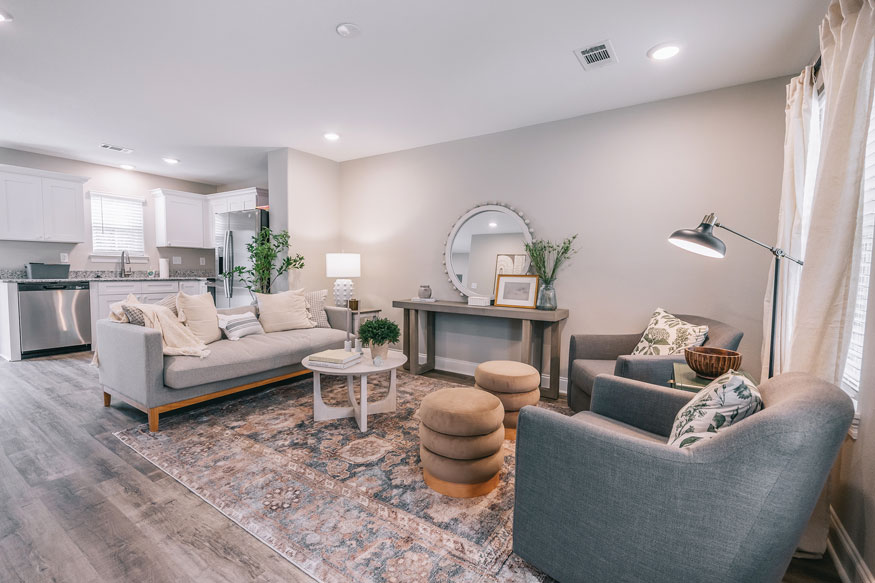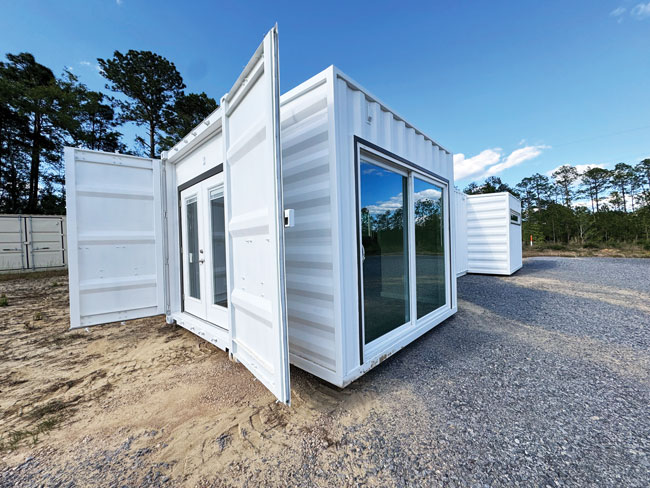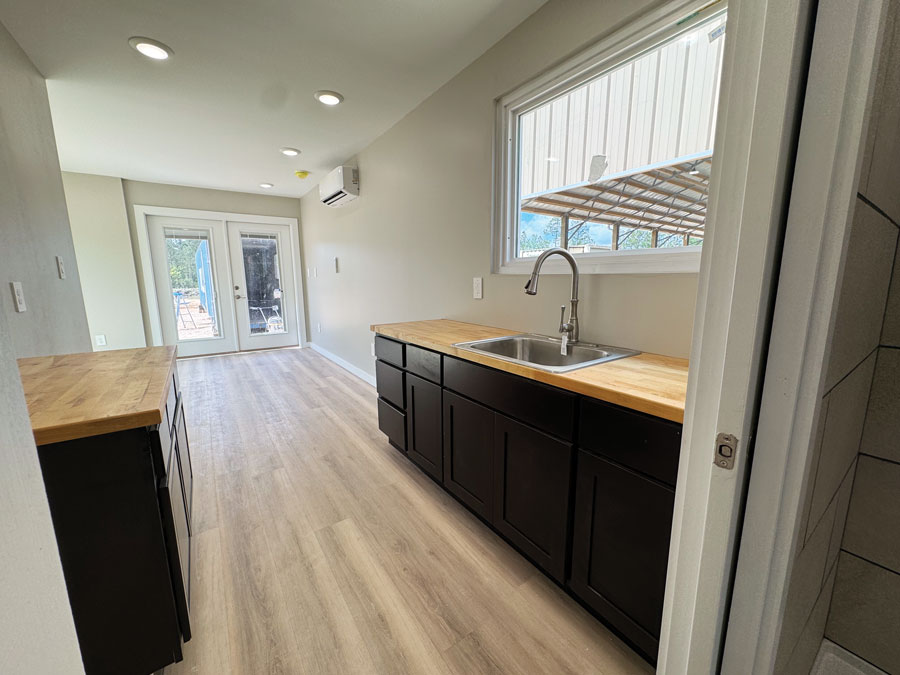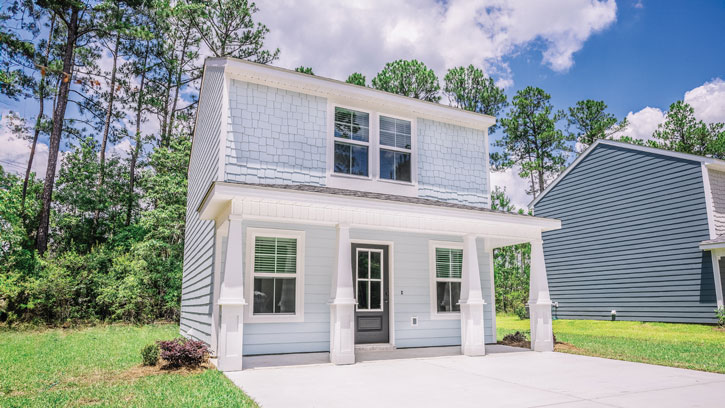The dwell small trend is taking foundation in South Mississippi, with several companies building everything from container homes to tiny homes across the Coast and surrounding area. Today’s homebuyers are thinking beyond the white picket fence, driven by factors like affordability, sustainability and less maintenance.
WHAT IS THE DWELL SMALL TREND?
You’re not imagining it; American homes, overall, are getting smaller. The Wall Street Journal has reported that new single-family home sizes have decreased by 10 percent since 2018. So why are more and more of today’s homebuyers going for a minimal lifestyle? For starters, it makes economic sense; real estate prices and the cost of living are rising, so homeowners are looking to cut expenses. They’re also more environmentally conscious than ever and eager to reduce their carbon footprint.
Then there’s the fact that today’s young adults are more mobile than previous generations, and more focused on experiences than possessions. This makes smaller homes that are easier to move or sell appealing. Meanwhile, the aging population is looking to downsize, and the number of single-person households and smaller families is increasing.

Brandon Elliott, President of Elliott Homes, notes that inflation has eroded many Americans’ savings and financial stability. As the cost of living has surged, income levels have not kept pace, leaving many unable to afford a home or even rent. Mortgage rates climbing from 3% to 7% have further strained budgets, leading to increased credit card debt and reliance on home equity.
Retiring baby boomers are among the hardest hit, according to Elliott, as some 60 million of them are grappling with reduced savings despite holding record home equity.
“Additionally, 34 million fully or partially remote workers with young kids are struggling to find affordable single-family homes with more space and a yard,” Elliott says, “adding to the housing market’s complexities.”
CONTAINER HOMES


Frank Wilem, president of Bloxx Building, notes that container homes have all the advantages of a trailer or motor home, but they’re built from four tons of steel — making them much more durable and permanent.
“If they’re built correctly, they can last a long time; bridges built out of corten steel are built to last for 100 years or more,” Wilem says. “You’re looking at something that’s affordable, yet durable and rugged, and in our area more able to withstand the storms that we have.”
Holly Lemoine-Raymond, broker and owner with HL Raymond Properties, is another believer in container homes and has been deeply involved in many innovative projects along the Coast. Describing herself as a driving force behind these projects, from conceptualizing the designs to overseeing construction and marketing, Lemoine- Raymond says she has paired with BLOXX “to create sustainable, affordable and luxurious living options using containers.”
“My passion for unique, industrial modern designs and creating luxurious yet functional living spaces led me to venture into container homes,” Lemoine-Raymond adds. “The versatility and sustainability of container homes intrigued me, and I saw an opportunity to bring something fresh and innovative to the housing market on the Coast.”
WHAT TO CONSIDER
While small dwellings offer several benefits, prospective owners should be prepared for some tradeoffs and challenges. For instance, container-home owners will have to navigate zoning issues, Lemoine-Raymond cautions, as regulations can vary significantly by location.
“Typically, you’ll need to secure a building permit, and in some cases, a zoning permit as well,” she explains. “It’s crucial to check local zoning laws and building codes early in the planning process to ensure compliance and avoid potential roadblocks.”
As for financing, while it’s available to container homes, Lemoine-Raymond acknowledges that it can be harder to secure than a traditional home loan. However, some lenders specialize in alternative housing and can offer loans tailored to container home projects.
“Additionally, finding contractors experienced in container home construction can be tricky,” she says. “However, the benefits are numerous: container homes are eco-friendly, cost-effective, and incredibly durable. They offer a unique aesthetic and can be customized to fit a variety of lifestyles and needs.”
A TREND WITH STAYING POWER
There’s every reason to believe the dwell small trend is more than just a passing fad, it’s a reflection of shifting values and priorities, and one that seems to be ramping up rather than slowing down. One 2020 survey revealed that more than half of Americans would consider living in a tiny home, citing affordability and efficiency as the top reasons. Google Trends data also shows a steady increase in interest in tiny homes since 2011.


